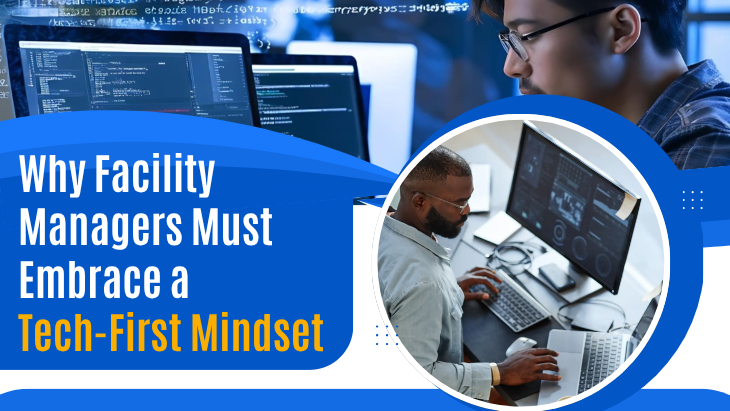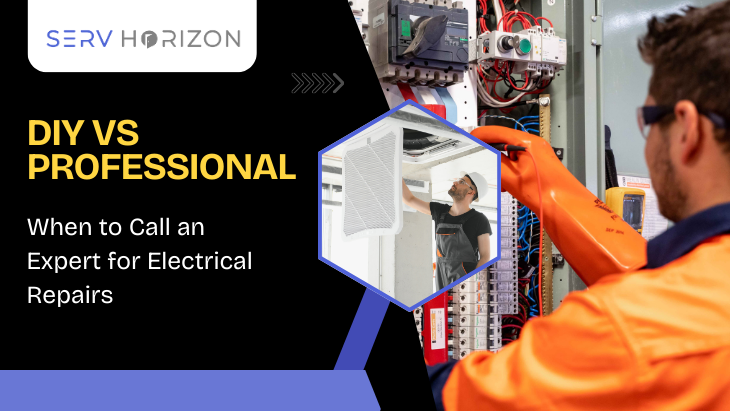Historically, facility managers were considered behind-the-scenes operators whose role was to keep buildings running smoothly without interruption. Now, that description is changing. With the accelerating introduction of smart technologies, sustainability requirements, and increased tenant expectations, facility managers are becoming strategic players. Adopting a tech-first philosophy is no longer a choice it's a necessity. Seamless Doorstep Services As seamless operations demand continues to rise, facility managers have to bring their practices in line with cutting-edge technology that provides real-time information, predictive maintenance, and user-centric services. Just as businesses prioritize seamless doorstep services to drive customer satisfaction, facility management has to embrace the same values: responsiveness, efficiency, and convenience.
Why Manual Facility Management Is No Longer Sustainable
Whether it's responding to maintenance requests, managing energy usage, or tracking asset performance, traditional systems fail to meet the fast-paced needs of today’s buildings. In contrast, tech-driven systems automate repetitive tasks, flag issues before they escalate, and offer insights that can save time and money. Just as seamless doorstep services are founded upon automation and user tracking, facilities need to be outfitted with sensors, IoT devices, and cloud platforms in order to reach the same response and accuracy.
Tech-First Mindset: It's About More Than Automation
Tech-first thinking is not just about the tools it's about changing workflows, culture, and expectations. Facility managers need to break away from the perception that technology is an up-front investment and begin to realize that it's a continuous strategy. This involves making investments in intelligent HVAC equipment, AI-enabled energy monitors, cloud-based asset management, and mobile-based ticketing systems. Not only do these technologies facilitate streamlined operations but also enable the provision of plug-and-play-like services to tenants and stakeholders. By integrating convenience at every level of operations, facility teams become proactive business efficiency partners instead of reactive responders.
Improving Service Delivery using Smart Technology
Just as consumers appreciate the ease of ordering groceries or services from their phones, so too will tenants and employees anticipate the same ease in the areas they will be occupying. Picture a tenant who can report a faulty light through an app, monitor its fixing, and give the service a rating real-time. This is the level of unencumbered service that smart facilities can provide. By installing user-friendly platforms that monitor complaints, work orders, and interfaces with building systems, facility managers can enhance the level of service to meet consumer expectation levels "your convenience, our priority" not only as a slogan but as a precept.
Predictive Maintenance and Minimized Downtime
Downtime in any facility is expensive. Whether from a power outage, equipment failure, or HVAC breakdown, the disturbances can result in lost productivity, income, and customer satisfaction. A technology-first solution leverages predictive analytics to anticipate when assets are going to break and enables preemptive maintenance. It is much the same way that seamless doorstep delivery employs GPS and traffic feeds to make deliveries more efficient and prevent delays. In either situation, being proactive instead of reactive ensures seamless operations and cultivates user trust. Facility managers with real-time dashboards and IoT notifications are better able to respond and avoid disruptions before they take place.
Energy Efficiency and Sustainability Goals
Technology proves to be a valuable partner in achieving energy efficiency and sustainability goals. Bright lights, heat, and occupancy are sensed by smart sensors to save on unnecessary energy consumption. Analytics generated by artificial intelligence can streamline energy usage patterns throughout the building. These measures not only save money but also support worldwide sustainability objectives something more tenants and workers are concerned about. The shift in mindset is similar to how logistics providers are changing to distribute more packages with reduced emissions without sacrificing doorstep convenience. Facility managers need to view themselves as guardians of building health and environmental stewardship, leveraging technology to provide greener services with quantifiable outcomes.
Enhanced Safety and Security Measures
It is also the role of facility managers to maintain building safety, and technology has transformed the field. From artificial intelligence-enabled surveillance cameras to access control through smartphones, smart technology makes security efficient and minimally intrusive. It enables real-time threat identification, instant alerts, and quicker response times. In a lot of respects, it's similar to how live tracking and digital verification put users at ease when they order a doorstep service users feel protected when they're aware and assisted by smart systems. A tech-oriented facility manager leverages such tools to create safe spaces in which the occupants feel secure and appreciated.
Establishing Trust Through Openness
Openness creates trust. Technology-based facility management software provides real-time visibility into operations what work orders are outstanding, how rapidly tasks are being completed, and what progress is being accomplished. This level of transparency can be made available to occupants through dashboards or mobile alerts, serving to build a perception of engagement and responsibility. As flawless doorstep services inform users of each step in their order, facility operations can also embrace the same openness to ensure user satisfaction. This two-way communication eliminates the gap between managers and end-users, making services feel personal, prompt, and reliable.
Conclusion
The facility management of the future is in providing a hassle-free experience, as doorstep services do for consumers. Serv-horizon Your Convenience, Our Priority" should be able to motivate facility managers to adopt the same attitude in how they operate buildings. Technology is the driving force, enabling managers to predict needs, simplify processes, and deliver higher service. By taking a tech-first mindset, facility managers go from mere operators to experience enablers, sustainability leaders, and strategic thinkers in the new workplace. The earlier they do so, the better prepared their buildings—and their futures will be.






Leave a reply